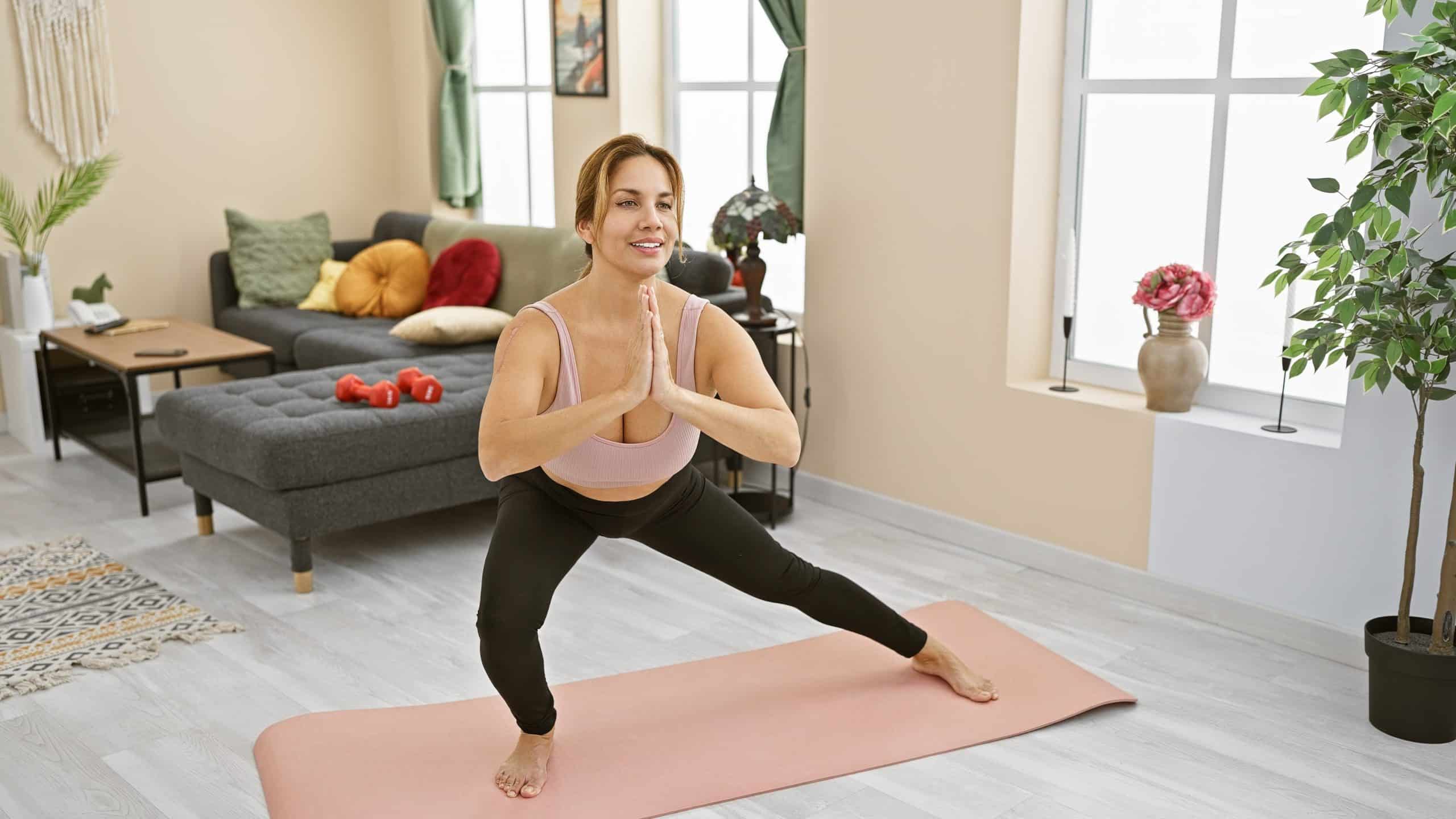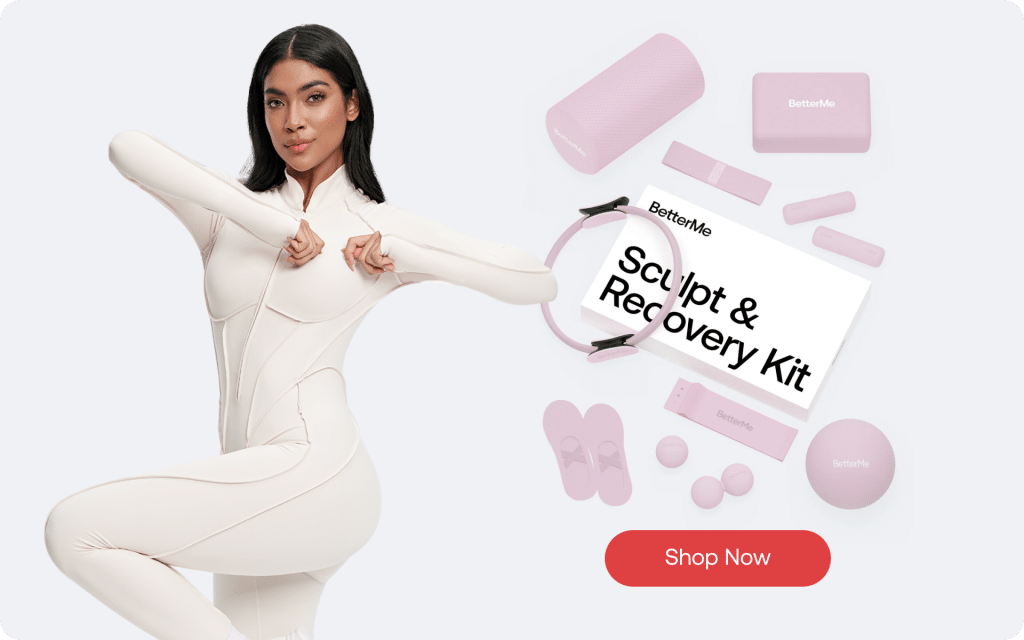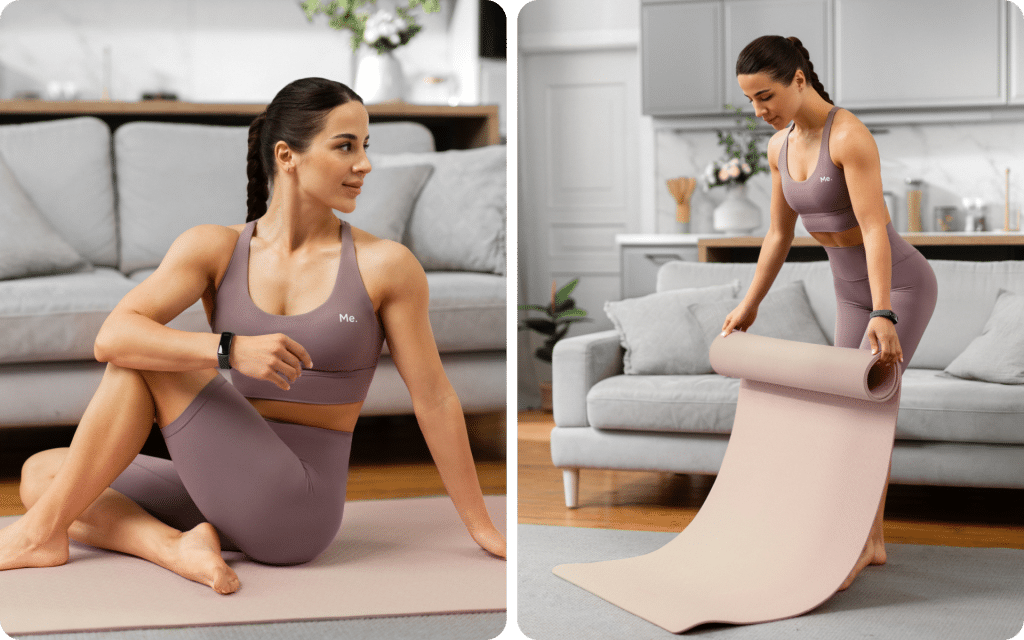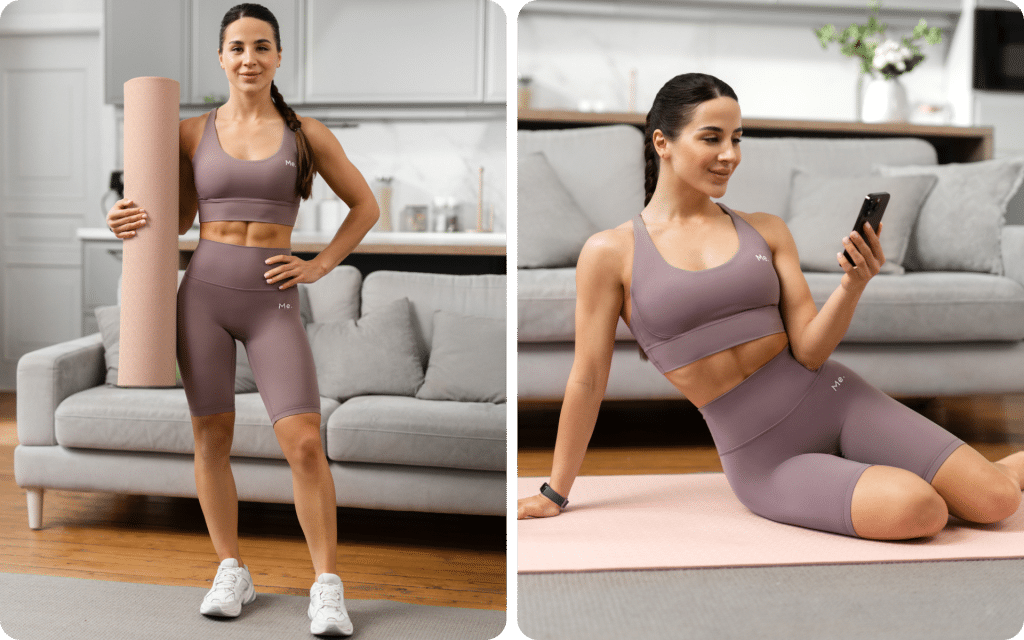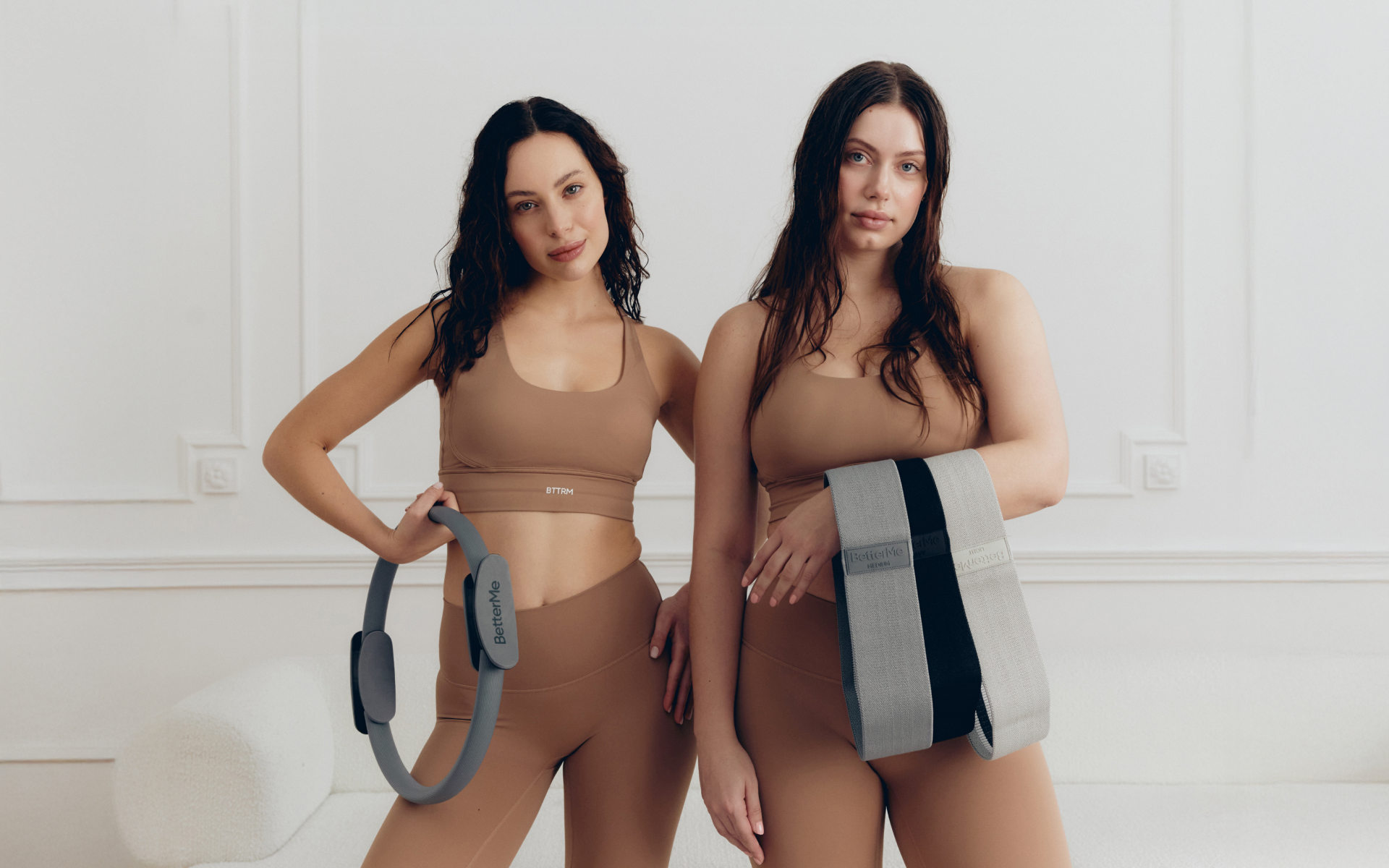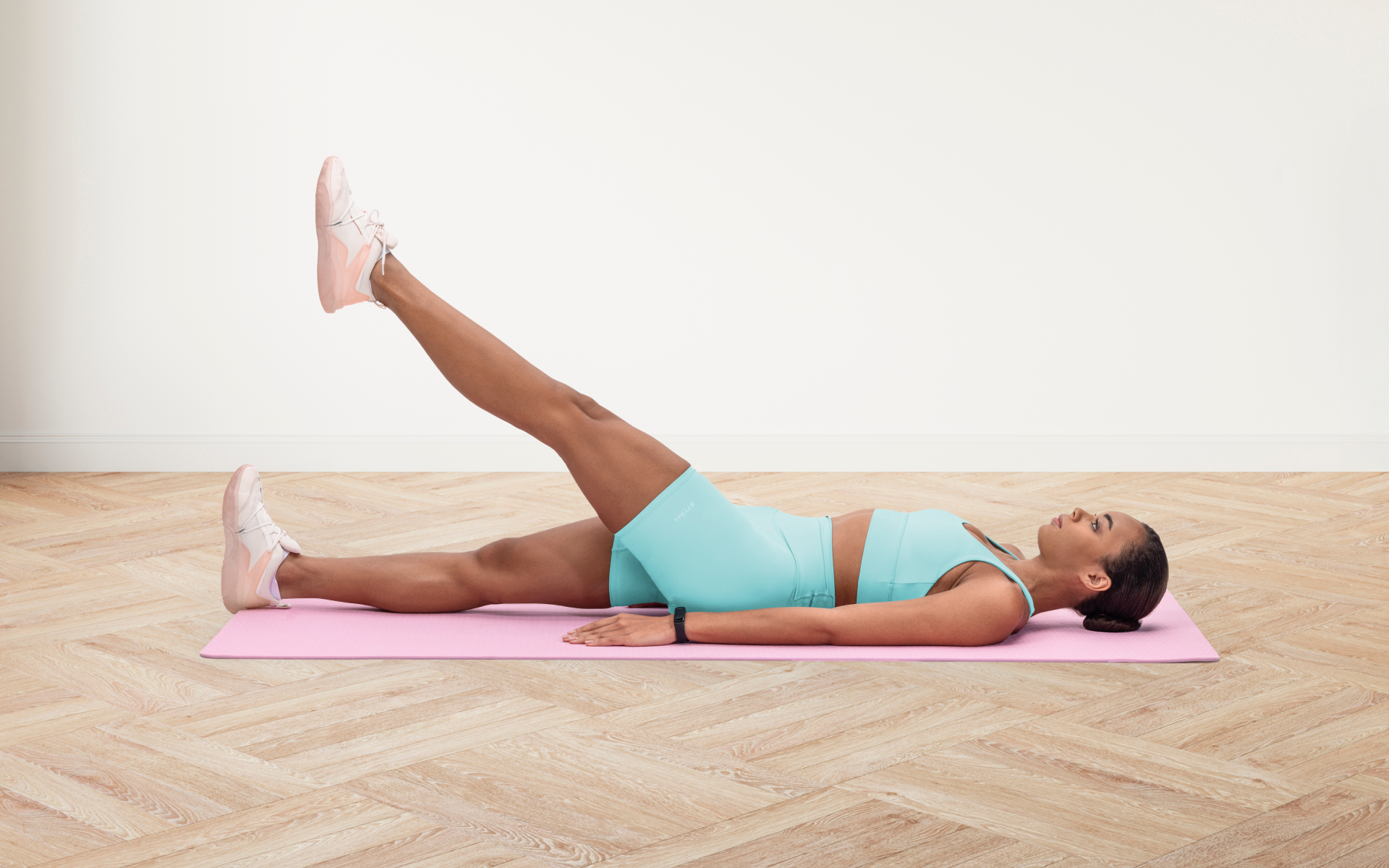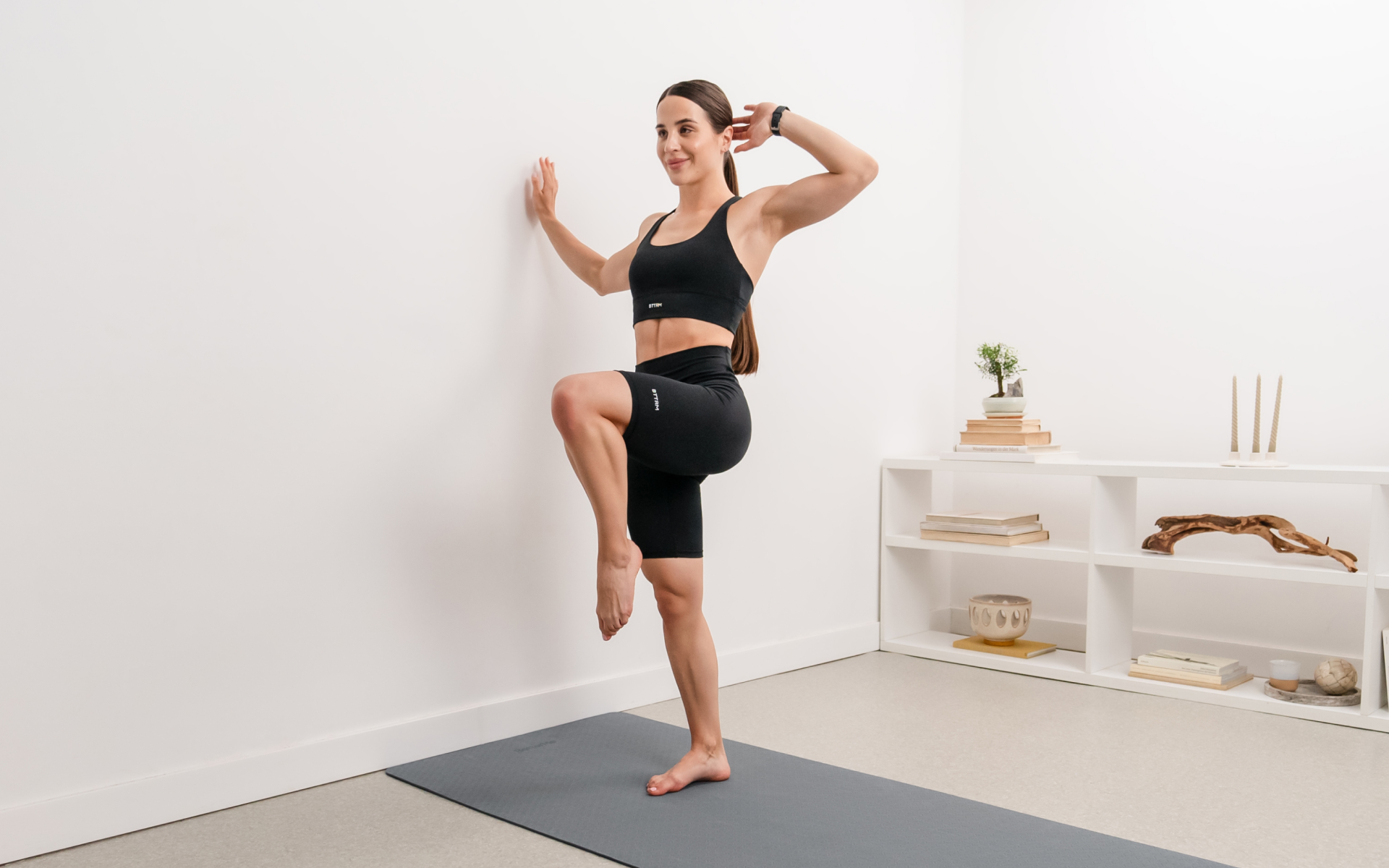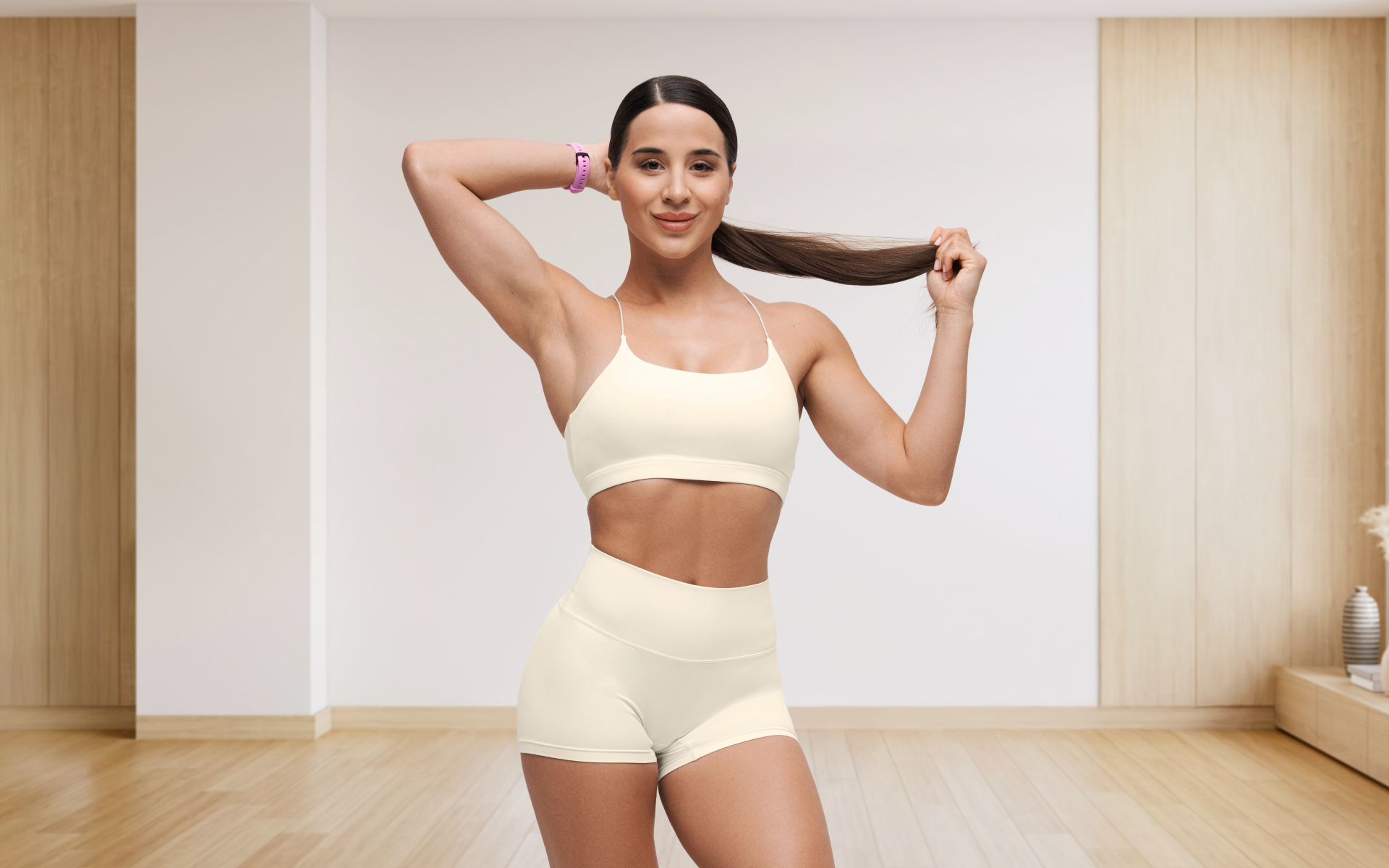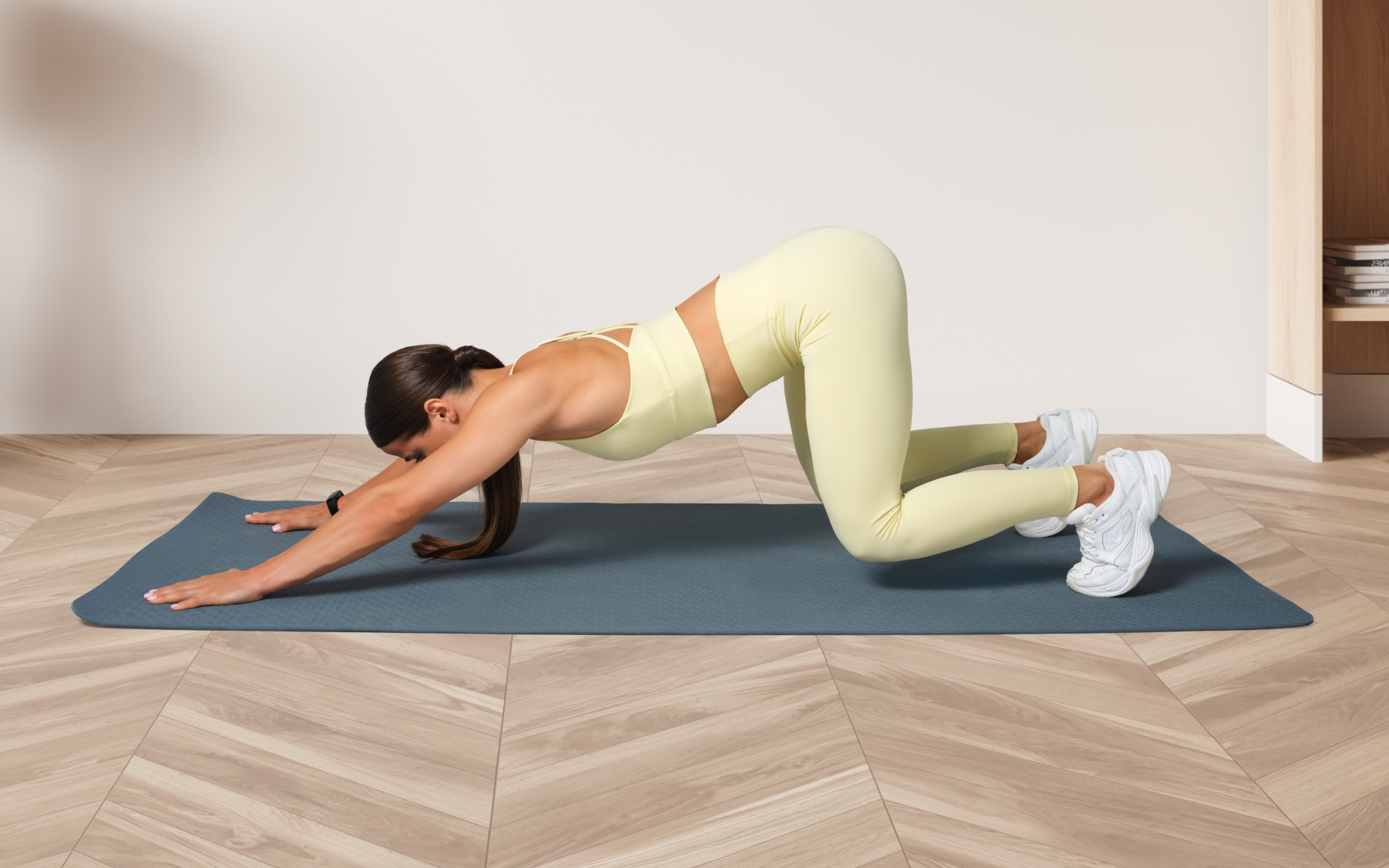Finding time for self-care can be an impossible feat for some moms. After you are done with all the chores, you can’t help but munch on some yummy cookies while watching your favorite shows. Although it is okay to enjoy some “Me time,” mommies should take some time for fitness. Those who have tossed workouts out of the window will need to tweak their lifestyles to make some adjustments.
Let me introduce you all to the busy mom Pilates challenge. Of all the at-home workouts for moms, this one is gaining good traction nowadays. It is a simple, yet transformative journey designed to help you boost your energy, rediscover your body, and find moments of peace during the joyful madness.
For starters, note that exercise doesn’t have to be an hour at the gym. You can easily perform small, intentional movements as you juggle between cooking, mopping, or pick-ups and drop-offs. This article provides some insightful info into the 28-day Pilates challenges and how you can make them work in your favor.
Is the 28-Day Pilates Challenge Free?
A 28-day Pilates challenge is an exercise plan to get people started with gentle Pilates and gradually build their strength. The exercises get harder with each passing day, so you tend to become stronger and more flexible over time. You can easily do this home Pilates workout on your own, without joining a club or a boot camp.
The challenge includes different Pilates moves to keep your exercises interesting and work all your muscles. It is a good way to get into the habit of exercising, feel better overall, and gain confidence in your body.
You may find a few free 28-Day Pilates Challenges on YouTube channels. However, it is always better to rely on authentic sources. Platforms like BetterMe charge a nominal fee for all users to learn Pilates directly from experts.
And let’s be frank – all busy mommies out there need some push sometimes, to keep going. Subscribing to a certified app is one way to keep you motivated!
If you wish to free yourself from all the extra pounds that have been weighing you down for way too long, start using the BetterMe: Health Coaching app and overhaul your entire life!
How Much Does the 28-Day Wall Pilates Challenge Cost?
The price of a Pilates challenge depends on the platform you choose. Many free resources are available online, including YouTube videos and websites offering workout routines and schedules for the challenge. Nonetheless, there are some potential costs associated with the challenges you are considering:
Equipment
While many exercises can be done with a wall and a mat, you may choose to invest in additional equipment like resistance bands or light weights to enhance your workouts. The cost of these items will vary, depending on the brand and quality you choose.
Instruction Material
If you prefer a more structured approach or detailed guidance, purchase a book or subscribe to an online platform that outlines the challenge with specific instructions and illustrations. These can range in price from a few dollars to around $20.
Core 28-day wall Pilates challenges contain movements that could activate muscles throughout your body. Still, you may incur additional costs with your chosen equipment and instructional materials. A general rule of thumb to determine the value of the workouts is reflected in:
- Their credentials
- The creativity behind the plans
- The real-life testimonials from subscribers
- The depth of their expertise
You should also be able to filter authentic programs from the ones that seem too good to be true. The reliable platforms offer well-rounded 28-day wall Pilates charts that cover all the right exercises. Some may even offer a trial period to experience the movements and determine if they work for you. Try out for a week before signing up for a busy mom Pilates challenge for 1 month. When satisfied, you can proceed to subscribe for more.
Read more: What Do You Need for Pilates? The Equipment You Should Know
Does 28-Day Wall Pilates Work?
Searches for 28-day Pilates are at breakout levels on Google. Pilates has been quite popular for some time, but has gained considerable popularity over the past few years, with reservations up 92% in 2023 compared to the previous year, according to ClassPass.
As the name says, wall Pilates is a variation of Pilates where you use the wall for extra support and resistance (1). Online, many experts claim this workout brings them one step closer to their physical transformation.
Below, we have gathered some research-backed benefits of this type of Pilates:
Suitable for All Levels
Wall Pilates can be used to scale down the standard workouts, for those who find Pilates to be too strenuous (2). For example, if you have trouble keeping your balance, you can use the wall to help you with standing exercises. Or, if you find it hard to do exercises down on the floor, you can use the wall to make the movements a bit easier.
Enhances Muscle Strength
Using the wall can add extra depth or resistance for some people. For example, make the glute bridge with your feet against the wall. This gives your hips an extensive range of motion, compared to when you perform this exercise on the floor.
Wall Pilates can also make your bodyweight exercises more challenging (3). You can adjust your body angle for the exercises, to make them more difficult as you get stronger, helping you gradually improve over time.
Emphasizes Consistency
The 28-day wall Pilates challenge keeps you in the loop. If you don’t skip a day and stay consistent, you may witness a drastic improvement in how you look and feel. The challenge builds a sense of consistency and compels people to perform the exercises by praising and encouraging them.
Reasons why BetterMe is a safe bet: a wide range of calorie-blasting workouts, finger-licking recipes, 24/7 support, challenges that’ll keep you on your best game, and that just scratches the surface! Start using our app and watch the magic happen.
Reduced Pain and Improved Posture
Research suggests that Pilates exercises help you stand up straighter and reduce thoracic kyphosis from a relaxed standing, making you less likely to slouch (4). Wall Pilates is one of the types of Pilates that is more focused on improving how a person sits and stands. It may include compound movements like wall sits and single-leg RDLs that can improve your stability and strength, which may assist in postural control. Using a wall as a support helps to ensure your technique is correct, and you can complete several repetitions with the confidence that your knees, hips, and spine are stacked correctly.
Going through the benefits of wall Pilates might convince many readers to dive into these workouts right away. However, before you do that, I’d like to divert your focus to other equally important aspects of your lifestyle. Your sleep cycle, diet, and stress levels should be balanced and well-managed to maximize your benefits from a Pilates sequence.
Also, let’s not forget the importance of taking it easy some days. When your body signals that it needs some rest, listen to it, and don’t overload it more than you can bear!
Read more: Pilates for Belly Fat: 7 Exercises That Engage Your Midsection
What is Considered the Hardest Pilates Workout?
What is considered the most challenging of any form of exercise is highly dependent on an individual’s strengths and weaknesses. For instance, some people cannot complete a single push-up without significant modifications while others can complete 50 repetitions or more in a single set without a problem. With that being said, one exercise that many Pilates practitioners find to be challenging is the boomerang. This requires nearly every muscle in the body to be engaged during the movement, which makes it highly complex for beginners. The steps to perform this exercise are:
- Start by sitting straight with your legs crossed and your hands resting beside you.
- Curve your back and slowly lie down one vertebra at a time, keeping your core engaged.
- Once lying down, raise your legs straight towards the ceiling, keeping them parallel to the floor. Reach your arms forward on the mat.
- Pull yourself up into a V-shape using your core, keeping your back rounded.
- Clasp your hands, straighten your arms, and lift your chest.
Jumping right into the hardest moves is not advised for beginners. It is always best to talk to your doctor and learn from certified specialists as you progress in your Pilates. Some moms aren’t used to working out, which means they may need extra practice before opting for advanced Pilates movements.
Yes, absolutely! If you choose the right exercises, just 20 minutes of Pilates a day can be enough to get in shape. And if you’re short on time, doing a quick 20-minute Pilates workout is much better than skipping it altogether. Yes, there are several workout apps that are completely free from reputable companies. However, many paid apps have vast exercise and workout libraries and often have additional features and options, beyond what you can find in a free app. Do some research and find what is best for you and your goals!. Pilates is neither inherently better nor worse than walking. What is best for any person depends on their goals and preferences. Both forms of exercise have wonderful effects, but offer different focuses. Find your goals and pick something you enjoy and can remain consistent with! You may start feeling stronger and more energetic in just two weeks, but it typically takes about six to eight weeks of regular practice to see noticeable changes in your body. Keep in mind that Pilates works small, deep muscles that take time to develop.Frequently Asked Questions
Is 20 minutes of Pilates a day enough to lose weight?
Is there a 100% free workout app?
Is Pilates better than walking?
Can Pilates change your body in 2 weeks?
Summary
Pilates is known for its potential to bring people in shape. On top of all the perks, it is a low-impact exercise perfect for someone who hasn’t worked out before but wants to activate all their muscles gently. The exercises in Pilates target all the essential points in your body and slowly get you used to moving it.
Always listen to your body and don’t attempt to do too much at once. Instead, give yourself some grace as you figure things out. Relax and enjoy the exercises. It will get easier, mama!
DISCLAIMER:
This article is intended for general informational purposes only and does not serve to address individual circumstances. It is not a substitute for professional advice or help and should not be relied on for making any kind of decision-making. Any action taken as a direct or indirect result of the information in this article is entirely at your own risk and is your sole responsibility.
BetterMe, its content staff, and its medical advisors accept no responsibility for inaccuracies, errors, misstatements, inconsistencies, or omissions and specifically disclaim any liability, loss or risk, personal, professional or otherwise, which may be incurred as a consequence, directly or indirectly, of the use and/or application of any content.
You should always seek the advice of your physician or other qualified health provider with any questions you may have regarding a medical condition or your specific situation. Never disregard professional medical advice or delay seeking it because of BetterMe content. If you suspect or think you may have a medical emergency, call your doctor.
SOURCES:
- The Science Behind Wall Pilates and Mental Health (2024, wallpilates.com)
- Pilates: how does it work and who needs it? (2011, ncbi.nlm.nih.gov)
- Home-Based Pilates Exercise Regimen Can Alter the Balance and Trunk Mobility of Non-Exercising Middle-Aged Women: A Pilot Study (2023, researchgate.net)
- Effects of Pilates exercises on spine deformities and posture: a systematic review (2024, bmcsportsscimedrehabil.biomedcentral.com)
- Cardiorespiratory responses: Pilates compared to different walking speeds in healthy adults (2023, link.springer.com)
